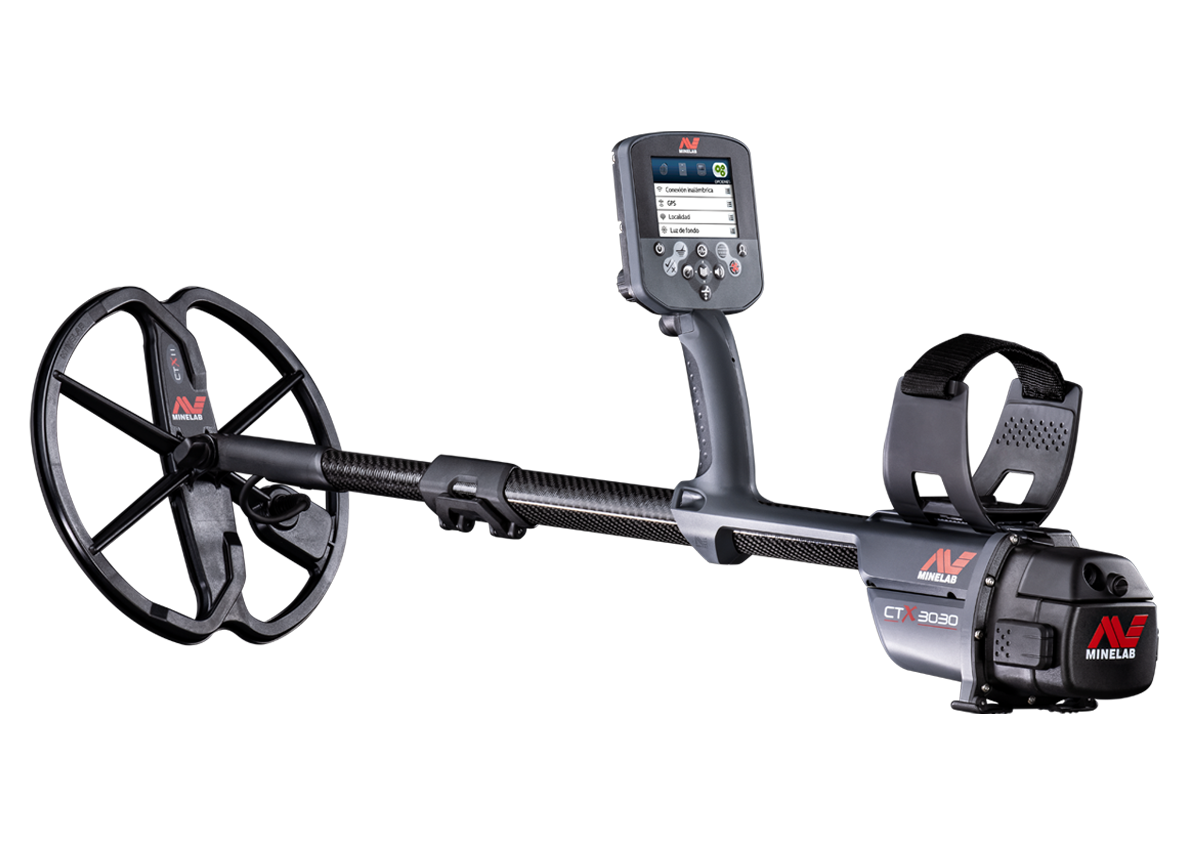Summary The Riseholme Hoard totals 282 late Iron Age coins and comprises 40 Gold Staters, 231 Silver units, and 11 silver half-units, all North-Eastern types attributed to the Corieltavi. They were found in Riseholme, North of Lincoln, by local treasure hunters Sean Scargill and brother-in-law Hugh Jenkins on the 18th Feb 2017. They were impressively located by a Minelab CTX 3030 Detector, with a 17” coil, about 12 inches deep on pastureland. The depth meant that the coins had fortunately managed to survive untouched below the plough-zone.
The Story My Brother-in-Law Hugh and I detect as a team and have been detecting in and around Lincolnshire for about 4 years. We are very fortunate to have permissions on some significant Roman sites within Lincolnshire, where we have had relatively good ‘Roman’ find success within this time. On Saturday the 18th Feb 2017, we were detecting a long-standing permission of ours, in an area that we have previously detected many times over the last 3-4 years. The site is vast and is believed to have had periodic occupation from the late Iron Age right through to today and this has been proudly reflected in our many Roman and Medieval finds. About a couple of hours into what was turning out to be a very sunny February day, Hugh suggested we move to an area of pasture that we had not detected for a while. This was a short walk from where we were, out into the sunshine, rather than the shade of the wood. This was an easy decision as the midday sunshine had started to do its work warming an otherwise chilly morning.
Initially, the move to this area had yielded a very nice Toman broach for Hugh, a few modern coins and a whole lot of lead for me. This was starting to get more than a little frustrating. We often find lead spindle whorls and pot mends in this area, but today was quickly turning into a ‘random fragments of lead’ day for me. With this in mind, I remarked that I was going to try an area at the other end of the field, about 200 yards from where we currently were and that I would detect on the way there.
Having taken no more than a few steps in that direction, I got a deep, faint, but very interesting signal. Although the signal was faint, it was in a good range and was also jumping around a bit. I was confident that the target was probably quite deep so I initially made an opening spade hole of about 7-8 inches.
After sweeping the removed turf with the detector, to rule it out, I then swept the hole again, where I got a much stronger and more stable signal. I then inserted the pinpointer to the bottom of the hole and all around the sides, to try to gain a precise location of the target. It revealed absolutely nothing. Experience told me that I needed to dig deeper, as I have found that very wet ground certainly helps with the depths that the CTX 3030 is able to reach.
On digging down another 3-4 inches or so, I hit upon a reasonable sized flat stone and the pinpointer was now picking up a signal right beneath it. At this depth, the soil was becoming a fine sandy fill, which made freeing the stone relatively straightforward. On lifting and turning the stone over, I noticed a small coin attached to the underside and at the same time, I noticed what looked like a few others sat at the bottom of the hole. On initial examination of the loose coin, although covered in damp sandy soil, I could see it was small and silver and had what looked like a horse marking on one side and very clearly a wreath on the other. As I could see about another five coins in the damp, sandy soil at the bottom of the hole, the excitement was building about potentially uncovering a small coin spill. At that point, there was absolutely no way of knowing that there were many more gold and silver coins within the next 2-3 inches of soil.
The Hoard The final count of the excavated coins were 282 coins comprising 40 Gold Staters, 231 Silver Units, and 11 Silver Half-Units, all Corieltavi North-Eastern types. The hoard includes the major inscribed coins from the Corieltavi region: VOLISIOS DUMNOCOVEROUS, TIGIR SENO, VEPO CORF, AVNT COST, and IISVPRASV.
In relation to the deposit of the coins, initial thoughts are that they were possibly contained within a bag, which had long since disintegrated, which in turn was placed within a vessel. A small, oval, copper-alloy strap fitting presumably used as a bag-tie was discovered resting on the top of the coin hoard, but no evidence of the bag itself survived. The vessel appears to have been a small jar of dark brown or black shell-tempered fabric, but only a small number of base shards survived, found at the very bottom of the hole.
Sean - England, UK.





















- Hugh(less tall).jpg)
